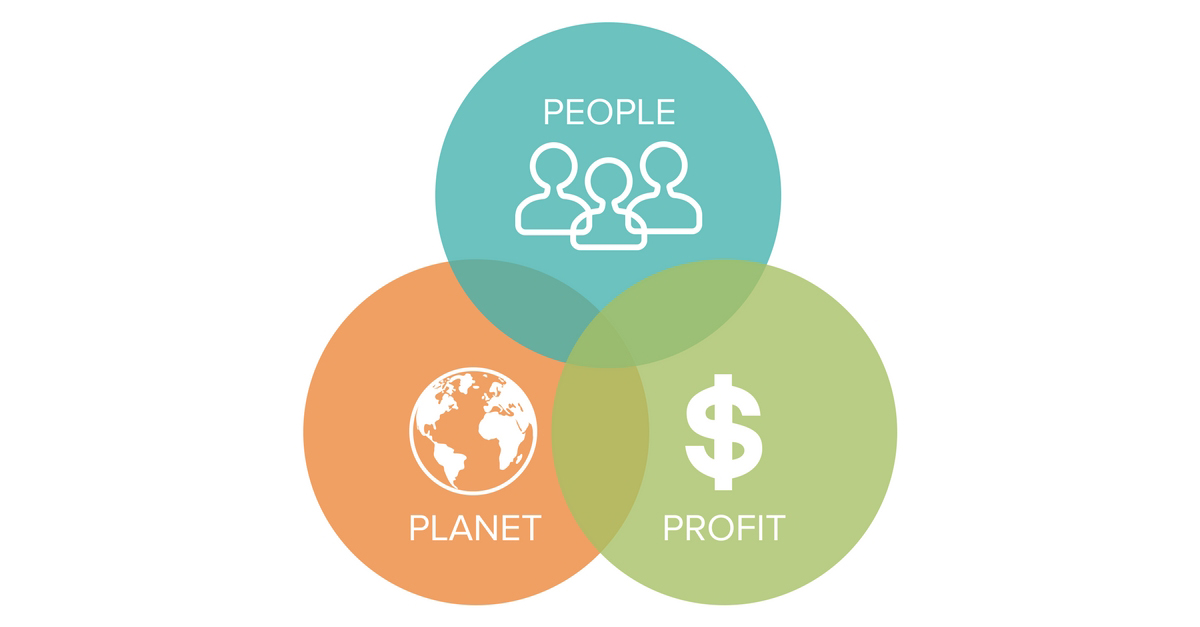Tag: webinars
Achieving Triple Bottom Line Results via Employee Engagement

More and more, companies are making a commitment to sustainability and social responsibility, alongside increased profits. In fact, diligence with the first two can have significant influence with consumers. How entities prioritize and measure the performance of all three is known as a triple bottom line accounting framework. Ultimately, entities want sustainability and social solutions that benefit the triple bottom line—solutions that deliver value to people (customers, employees, and stockholders,) the planet (wise resource use,) while also increasing profits.
Employee Engagement: Don’t Overlook Hearts & Minds

Corporate sustainability leads often spend a lot of time on technology—identifying the upgrades that will reduce water, energy and emissions. At one level that focus makes sense, especially right now when there’s so much emerging opportunity around smart devices.
Amid the enthusiasm for technology, though, it’s important to remember that people—employees—are at the core of every operation.
Building Momentum Around Sustainability

Environmental sustainability is one of those interesting fields where being successful can make your work more challenging going forward—reducing waste gets harder and harder as you have less waste to eliminate.
Engaging Employees to Accelerate Sustainability Efforts
We say it a lot as an explanation of what we do; “we help companies accelerate their corporate sustainability efforts via employee engagement.”
But how exactly does employee engagement accelerate sustainability?
Speak Up! Share How You’re Hitting Sustainability Goals!

While the US government scales back its response to climate change, businesses are taking the lead in reducing resource use, cutting emissions and eliminating landfill waste. There are nearly constant headlines about the efforts of big companies—from Apple’s efforts to transition from newly mined minerals to recycling used components to Unilever’s overall leadership that helps it attract and retain talent—examples abound.
Sustainability from the Employee Perspective
Over the course of the sustainability programs we implement with our corporate partners we always solicit employee suggestions—ideas for reducing waste and increasing efficiency at these companies.
We get a lot of ideas; in a typical program, participants submit hundreds of suggestions associated with saving energy, water and fuel while also reducing landfill waste.
Recently we analyzed the ideas we received from all of our 2016 programs to look for patterns and lessons learned as a resource for sustainability leaders. The full results are available in our “Employee Perspectives on Sustainability” white paper.
It’s Time for a Sustainability – HR Coalition
Employee engagement is a hot topic in HR circles. Experts estimate that up to 70% of US workers are not engaged at work and, further, that this disengagement costs companies about $500 billion annually. Disengaged employees are more likely to provide poor customer service, they are more prone to accidents, more likely to take sick days and they are less productive. So it’s no wonder that human resource teams are concerned about measuring and increasing engagement. At the same time, some sustainability leaders inside companies are struggling too. Facing aggressive year-after-year goals, these folks are wondering where they will get the next round of savings. Sustainability leads need fresh ideas and, ultimately, all hands on deck to generate savings.
It’s time for some creative cross-functional collaboration. A coalition, if you will.
Increasing Participation in Sustainability Programs
We get a lot of questions from sustainability leads and green teams about strategies for increasing employee participation rates. Sometimes people are curious about participation rates elsewhere, wondering if their struggles are typical or not. In other cases, the tenor of questions is more cynical—green team members tell me that their situation is unique, that people in the organization “just don’t care.”
Identifying and Measuring Sustainability Impacts for Cities

Hundreds of cities, counties, and even states made (or renewed) a public commitment to reducing greenhouse gas emissions. Some local governments made this commitment in response to President Trump’s decision to withdraw from the Paris Climate Agreement. Others re-affirmed an existing commitment. For more than a decade, cities – both large and small – have recognized the economic advantages associated with sustainability, and have set aggressive goals. At the same time, sustainability advocates have long argued that cities – with zoning authority and direct accountability to a local population – are best poised to lead on sustainability. From recycling policies, to planning decisions that make it easier to bike to work, cities are where change is happening.
Making Sustainability Visible: Why It’s Important

When you think about changing a habit in your life, whether the habit is related to physical health, sustainability, or even your on-line habits, there are two paths you might take regarding the change: making it very visible or largely invisible. Here’s the difference:





